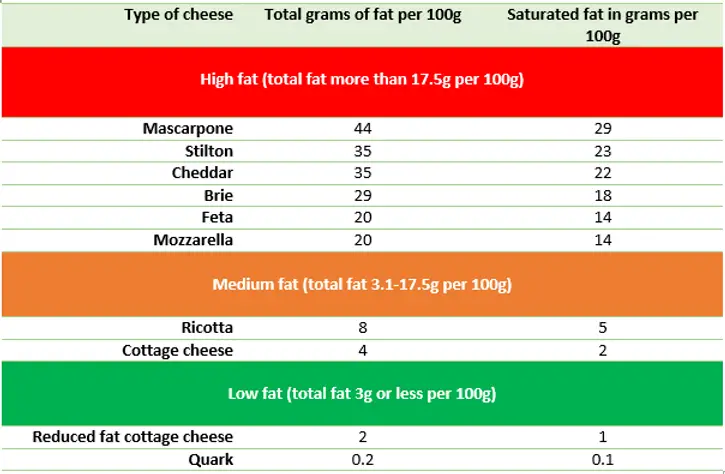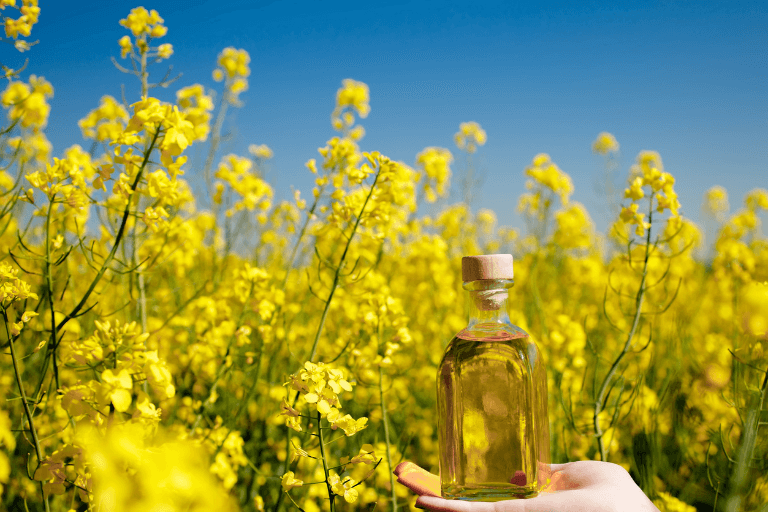Nutrients provided by dairy foods
Milk and dairy foods are provide high quality protein and a wide range of important vitamins and minerals for good health. Around a third or our recommended calcium intake comes from the milk and dairy in our diet.
Dairy foods not only provide calcium which is vital for healthy and strong bones, but also:
- iodine (supports normal nerve and brain function and healthy skin)
- vitamin B2 (to help release energy from food and helps us feel less tired)
- vitamin B12 (for healthy red blood cells and nerve and immune function)
- potassium (helps maintain normal blood pressure) and
- phosphorous (helps maintain healthy bones)
A beneficial combination?
Current dietary guidance is to reduce intake of saturated fats as these can result in increased cholesterol and therefore increased risk of heart disease. Dairy foods, on average, contribute about a quarter of the saturated fat we eat.
However, studies suggest that despite the saturated fat, milk and other dairy foods, have a neutral or even a positive effects on health. Research suggests that the health benefits of milk and dairy foods, such as reducing blood pressure or type 2 diabetes, may be due to their unique combination of nutrients.
The protein, calcium, vitamin B12 and bioactive factors, and the way they interact with each other could be why we get more benefit from including dairy foods in our diet rather than from foods or supplements which don’t have this combination of nutrients.
This is referred to as the ‘dairy matrix’. In other words, the whole is greater than the sum of all the parts. The benefits of dairy foods seem to go further than what we’d expect to see from the individual nutrients it contains. Research is currently being done to improve our understanding in this area.
Dietary advice is still to opt for lower-fat versions of milk, cheese and yogurt as there’s unlikely to be any harm in choosing low or reduced-fat dairy products. They will be beneficial if you have high cholesterol and they are lower in calories, so helpful if you’re trying to manage your weight. It’s worth checking that the low-fat options don’t have added sugars to replace the fat though.
Cheese
Cheese is high in protein and provides key nutrients such as calcium and vitamin B12. There are over 750 different cheeses produced in Britain today and the amount of fat, saturated fat and calories varies widely. Some cheeses, such as feta and halloumi, can be high in salt.
The British Heart Foundation has a great article looking at the best choices of cheese in terms of heart health. Whether it’s Quark, Brie or Stinking Bishop, a portion is 30g (about the size of a small matchbox).
Do you like cottage cheese?
I know this will divide opinion as cottage cheese is a bit like marmite. I didn’t used to be a fan of this cheese, as you do get some cottage cheese that is quite watery in consistency. But, a nice thick creamy cottage cheese is just lovely!
Nutritionally, it’s high in protein and low in calories. A standard cottage cheese has around 4-6% fat, and reduced fat cottage cheese around 2%. The protein in cottage cheese helps promote a feeling of fullness. The table below shows how it compares to some other types of cheese in terms of fat content.
Table: Comparison of fat and saturated fat in some types of cheese

If you’re still not convinced about cottage cheese, here’s a few suggestions on how to use it:
- Baked potato topping
- Mix it with mashed avocado and use as a spread on crackers or oatcakes
- Use it as a replacement for mayo in sandwiches or use it as a base for a pasta sauce
- Add to scrambled egg for an extra creamy texture
- Use when baking muffins, pancakes or scones (see this scone recipe)
- Blend it in a smoothie
- Add chopped apple, kiwi fruit (or any fruit) and a drizzle of honey to make a sweet dessert or snack.
If you found this post interesting, you might enjoy the Food Connections podcast episode with Jackie McCreery from Yesterfarm Dairies, as she talks about dairy farming and explains how cottage cheese is made.





